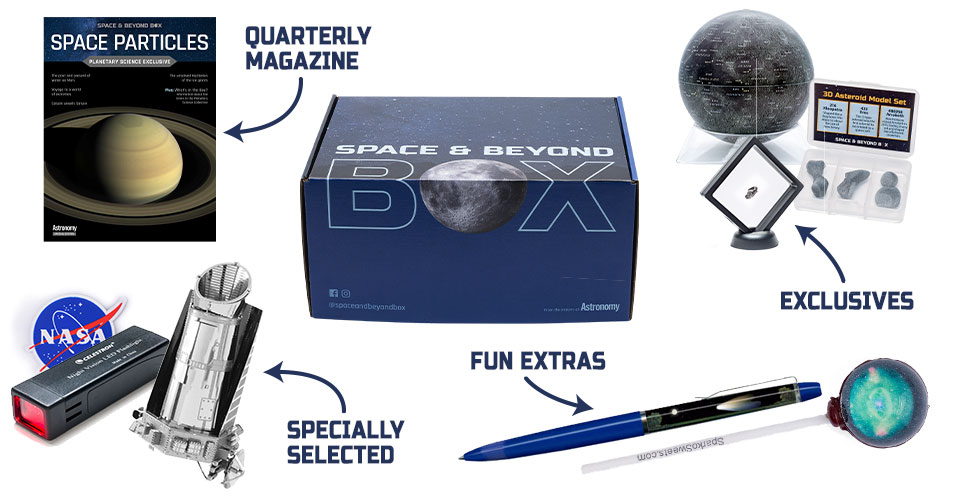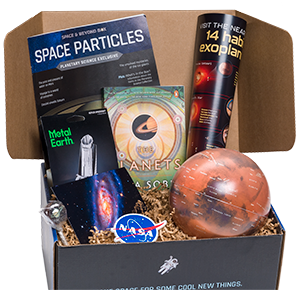The Space & Beyond Blog

Night Sky Observing Tips
Stargazing tools, tips, and accessories for backyard astronomy
Viewing the night sky is a relaxing and fun hobby, and one that allows you to enjoy the great outdoors while challenging yourself to pinpoint the planets, stars, galaxies and other sky objects above. To help get you started, here are some night sky observing tips that will help you make the most out of a night under the stars.
- Know what you’re looking for! Astronomical events are easy to find through online resources. For example, our partners at Astronomy.com publish The Sky This Month, which outlines the best observing targets for any given month.
- Make sure you have the right night sky observing equipment. A pair of binoculars are great for beginners; they provide a wide field of view. If you’re using a telescope, make sure you have the right eyepiece. The Dooley Planetarium has a great explainer on how to select the correct eyepiece based on your view and atmospheric conditions.
- Choose a good night sky observing site, ideally one with low light pollution and preferably at a higher altitude. Even a hilltop would suffice! Not sure where to go? Your local astronomy club can help you out.
- Make sure you’re comfortable! Take a blanket, jacket and a good observing chair.
Enjoying our blog?
Check out the Space & Beyond Box: our space-themed subscription box!

- Wear an eye patch over your observing eye while setting up your equipment. This way, you will have a fully dark-adopted eye when you’re ready to begin observing.
- Give your eyes about 20 minutes to adjust to the dark. Dark adaption is the process by which the eyes increase their sensitivity to low levels of illumination; light sensitivity increases the most in the first half-hour or so, but brief exposure to bright light rolls it back very quickly. A red flashlight will help you read your star chart in the dark without disrupting your night vision.
- Avoid eye fatigue. Take short breaks, and try some simple eye exercises every 20 minutes or so. For example, lightly cup your eyes with your palms and relax for 60 seconds. Or roll your eyes up, down, around and side to side for 20 seconds; then relax and close your eyes for another 30 seconds.
- Have fun! Be patient as you seek out night sky objects. Identifying those objects will get easier as you become more familiar with your instruments and the sky above. Remember – the hunt is part of the thrill!
